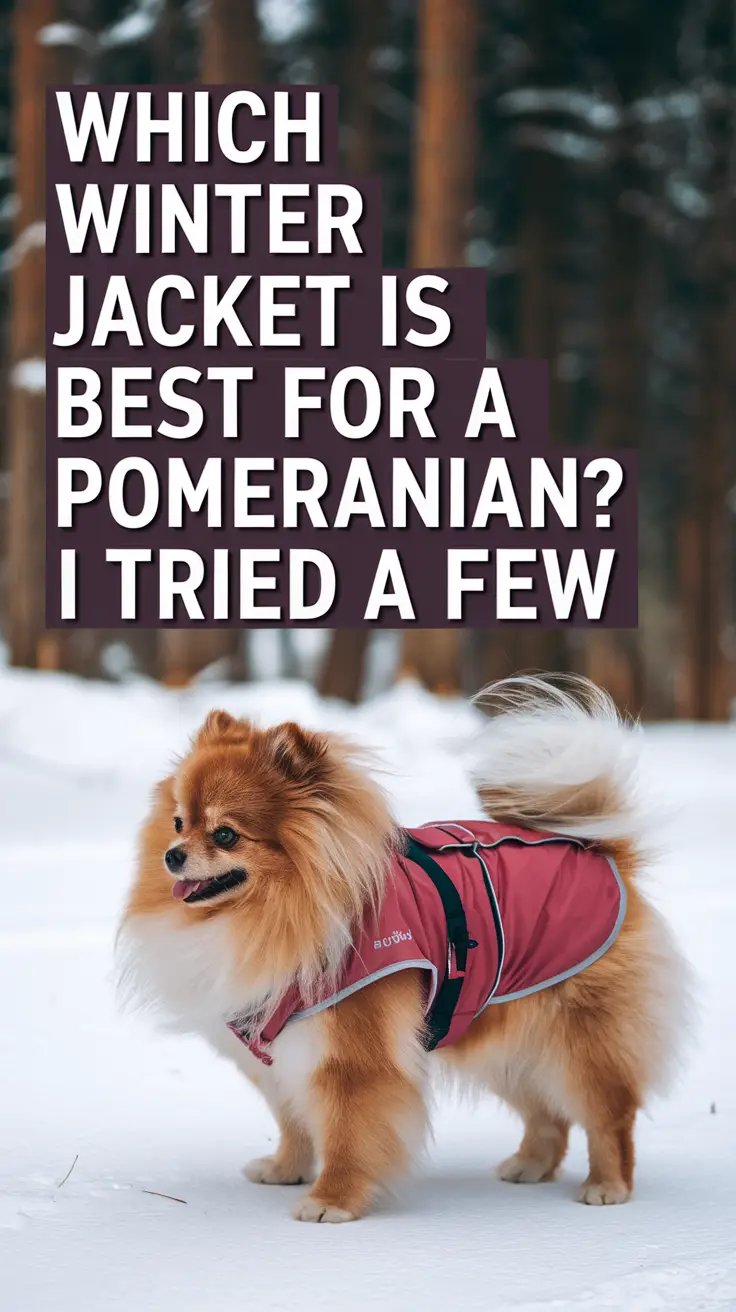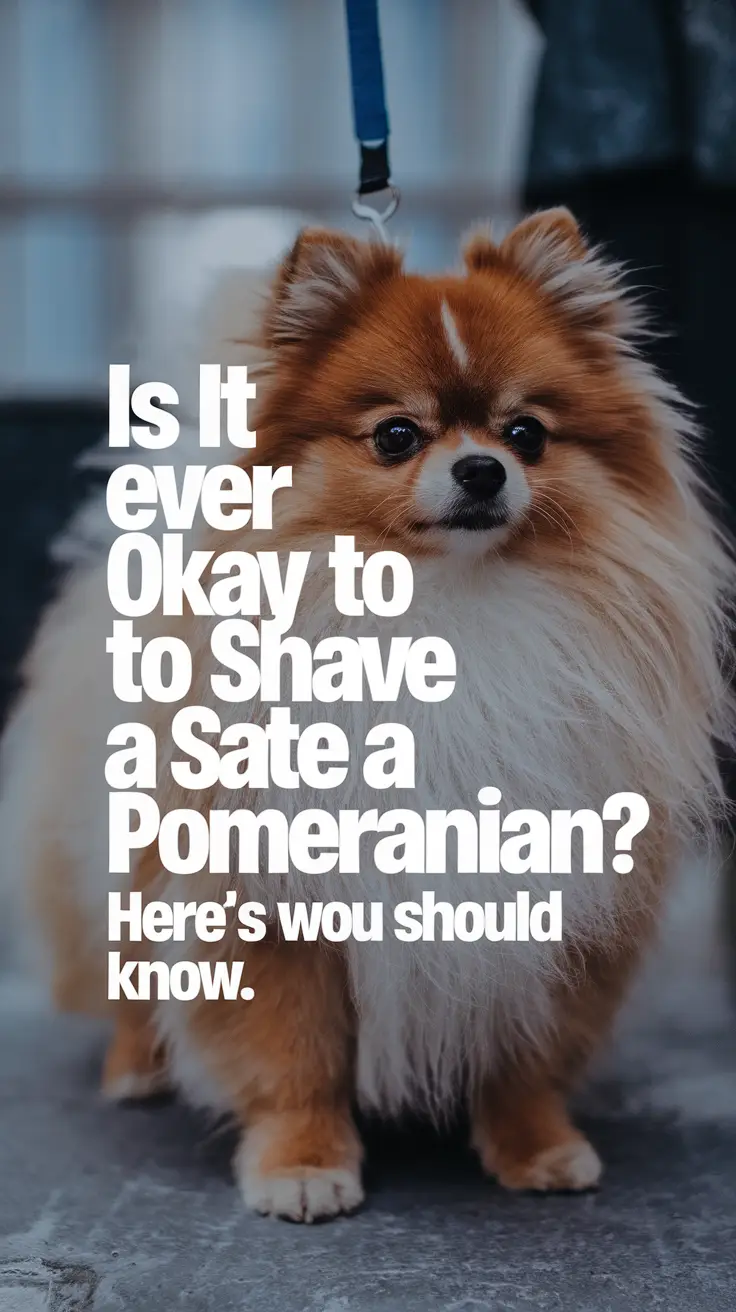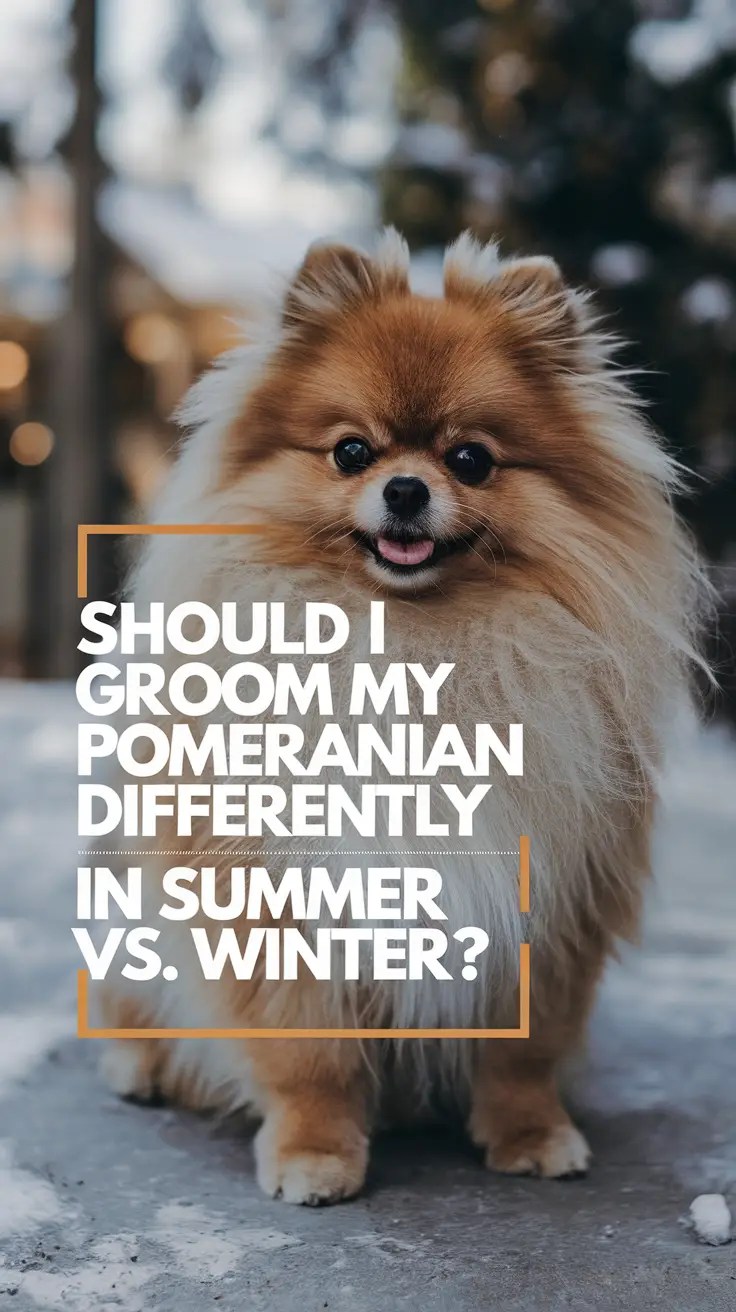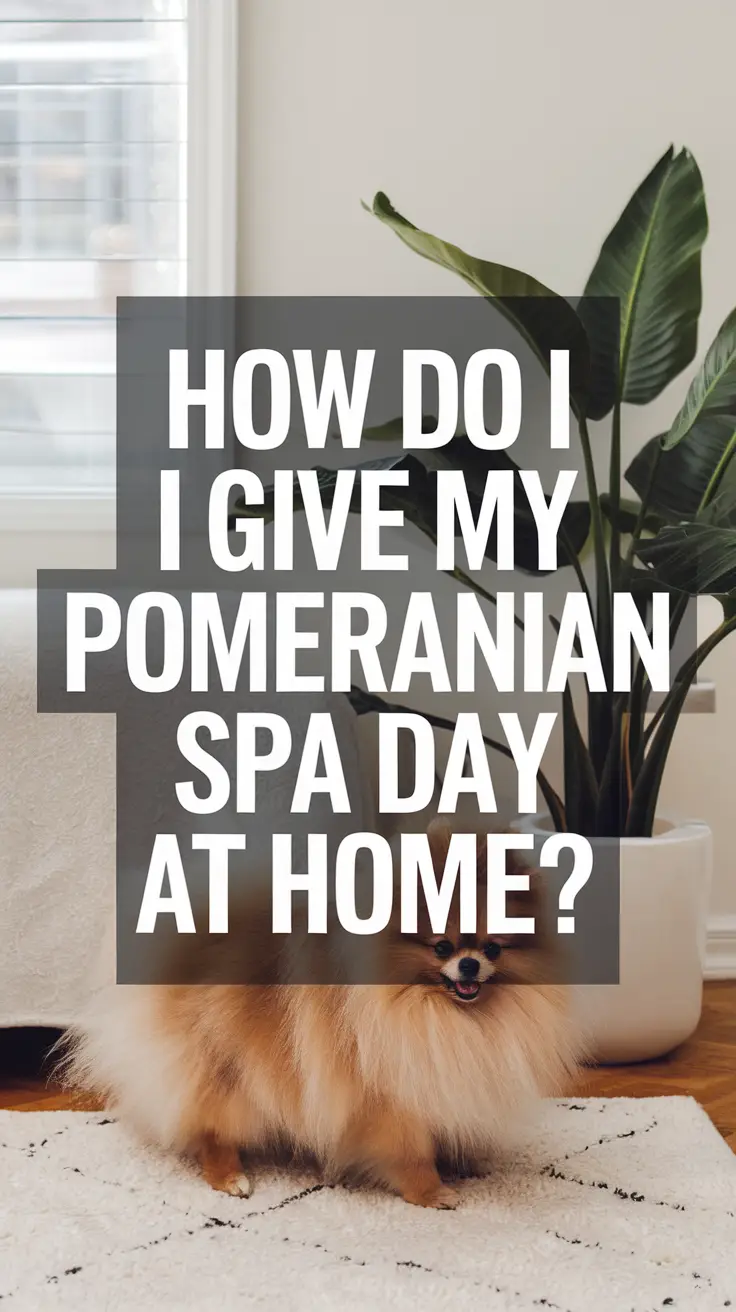Watching your fluffy Pomeranian shiver in the cold is like seeing a tiny orange marshmallow try to brave a blizzard – adorable but absolutely heartbreaking. As someone who’s spent countless winters with my Pom Sash, I’ve learned that finding the right winter jacket isn’t just about fashion (though we do love a stylish pup) – it’s about keeping our small companions warm, dry, and comfortable during those brutal cold months.
Key Takeaways
- Size and fit matter more than style – a poorly fitting jacket can restrict movement and cause discomfort
- Waterproof materials with breathable lining work best for Pomeranian’s double coat
- Adjustable features like velcro straps and elastic bands ensure a secure, comfortable fit
Why Pomeranians Need Winter Protection
Despite their fluffy double coat, Pomeranians are surprisingly vulnerable to cold weather. According to the American Kennel Club, small breeds lose body heat much faster than larger dogs due to their higher surface area to body weight ratio. At just 3-7 pounds, our little furballs are basically walking heat-loss machines.
I learned this lesson the hard way when Sash started lifting her paws and trembling during a seemingly mild autumn walk. Dr. Martinez, our veterinarian, explained that Pomeranians can develop hypothermia at temperatures that larger dogs find comfortable – typically around 45°F or below.
My Winter Jacket Testing Journey
Over the past few winters, I’ve tested five different jacket styles on Sash. Here’s my honest breakdown of what worked, what didn’t, and what had me questioning my life choices in the pet store aisle.
The Contenders
| Jacket Type | Price Range | Waterproof | Ease of Use | Sash’s Verdict |
|---|---|---|---|---|
| Fleece Pullover | $15-25 | No | Easy | Cozy but useless in rain |
| Quilted Puffer | $30-50 | Water-resistant | Moderate | Warm but bulky |
| Rain Slicker | $20-35 | Yes | Easy | Dry but cold |
| Insulated Shell | $40-70 | Yes | Difficult | Perfect but pricey |
| Knit Sweater | $12-20 | No | Very Easy | Cute but impractical |
The Fleece Pullover Experience
My first purchase was a simple fleece pullover – soft, affordable, and easy to slip on. Sash looked like a tiny teddy bear, and I felt like I’d won the practical pet parent award. That feeling lasted exactly until the first drizzle hit. Fleece soaks up water like a sponge, and suddenly my warm, dry Pom became a soggy, shivering mess. Great for indoor air conditioning, terrible for actual weather.
The Quilted Puffer Drama
Next came the quilted puffer jacket – think tiny down coat for dogs. The warmth factor was impressive, but Sash walked like she was wearing a sleeping bag. The bulk interfered with her natural gait, and she kept getting stuck trying to squeeze through her dog door. Plus, the filling clumped after washing, making it look like she was wearing a lumpy pillow.
The Rain Slicker Reality Check
The rain slicker kept Sash dry but provided zero insulation. She looked like a miniature fisherman, which was admittedly hilarious, but her body language screamed “why are you doing this to me?” The thin material offered no warmth, making it suitable only for those rare days when you need rain protection without cold temperatures.
The Insulated Shell Success Story
The insulated shell jacket was my game-changer, despite the higher price point. With waterproof outer material, breathable inner lining, and adjustable straps, it checked every box. The learning curve for putting it on was steep – think trying to dress a squirmy, impatient toddler – but once we got the routine down, it became our go-to winter gear.
What made this jacket special was its thoughtful design for small breeds. The chest piece provided extra coverage for vital organs, while the adjustable belly strap prevented it from sliding around during walks. Sash’s movement remained natural, and she actually seemed to prance more confidently in snowy conditions.
The Knit Sweater Letdown
The hand-knit sweater was Instagram gold but practical disaster. Beautiful, yes. Functional for actual winter weather, absolutely not. It stretched when wet, pilled after a few wears, and provided about as much wind protection as a fishnet. Save these for indoor photos and mild spring evenings.
What to Look for in a Pomeranian Winter Jacket
Essential Features
- Proper Fit: Measure your Pom’s chest, neck, and back length. The jacket should allow for natural movement without being loose enough to slip off
- Waterproof or Water-Resistant Material: Essential for wet climates and snow
- Breathable Lining: Prevents overheating under that fluffy double coat
- Adjustable Closures: Velcro, snaps, or elastic bands for a secure fit
- Easy Access: Consider how the jacket goes on – over the head, wraps around, or steps into
- Reflective Elements: Important for visibility during shorter winter days
Red Flags to Avoid
- Jackets with small buttons or decorative elements that could be choking hazards
- Materials that restrict natural movement or compress the coat
- Non-washable fabrics (trust me, muddy paw prints are inevitable)
- Sizing that relies only on weight – Pomeranians can vary significantly in build
Sizing Tips from the Trenches
Measuring Sash for her first jacket was like trying to measure a bouncing cotton ball. Here’s what I learned works:
Best Measuring Strategy: Use treats to keep your Pom still, measure after a walk when they’re slightly tired, and always add an inch to chest measurements for comfort. Most Pomeranians fall into extra-small or small sizing, but don’t assume – every dog is different.
Pro tip: If you’re between sizes, go larger. You can always adjust with the straps, but a too-small jacket will restrict movement and potentially damage their coat.
Maintenance and Care
Even the best winter jacket needs proper care to maintain its protective qualities. I learned this after Sash’s first jacket lost its waterproofing after incorrect washing.
Care Guidelines
- Follow manufacturer washing instructions religiously
- Air dry when possible to maintain insulation properties
- Check and clean velcro closures regularly
- Store properly during off-season to prevent damage
- Inspect for wear and tear before each winter season
The Bottom Line
After testing various options and watching Sash’s reactions (she’s quite the critic), the insulated shell jacket won by a landslide. Yes, it costs more upfront, but the durability, functionality, and Sash’s obvious comfort made it worth every penny. She went from reluctant winter walker to snow-day enthusiast.
The real test isn’t what looks cutest in photos or costs the least – it’s what keeps your Pomeranian comfortable, dry, and eager for outdoor adventures. A well-chosen winter jacket transforms those dreaded cold-weather walks into enjoyable bonding time, proving that sometimes the best investments are the ones that make both you and your four-legged companion happier. After all, a warm Pomeranian is a confident Pomeranian, and a confident Pom is pure joy to watch conquering winter sidewalks with tiny, determined steps.







